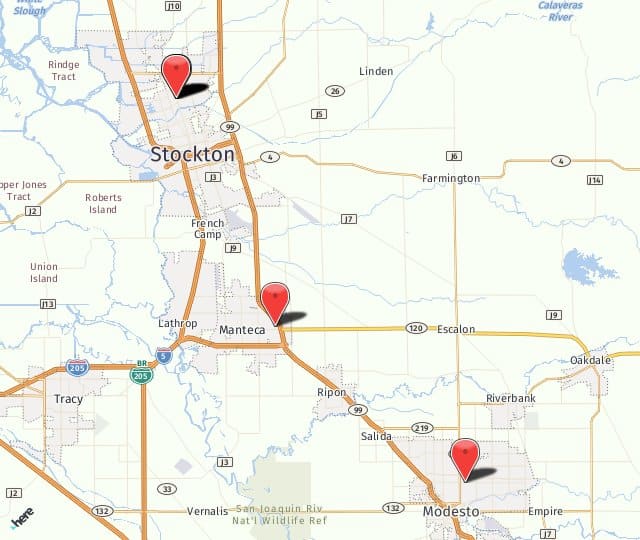The Difference Between Fillers and Neuromodulators

We all want to look our best, whether it’s to overcome the scrutiny of our mother-in-law or just to look great in that new evening dress. That’s why we have many patients come see Central Valley for our injectables. But patients don’t always know exactly what they’re looking for, so this month let’s get into injectables.
Some people are confused by the various options available for addressing facial wrinkles and volume loss. They hear the term dermal filler and assume that also includes Botox, Dysport, and Xeomin. But while all of these options are injectables, there’s a world of difference between fillers and neuromodulators.
Since we offer various options for both types of these injectables, in November’s first blog here’s some information to clear up any misunderstanding.
What is a neuromodulator?
Think of neuromodulator as a fancy term for muscle relaxer. The goal of these products is to stop a particular muscle from contracting. It does this by inhibiting the nerve communication with the brain, hence the term neuromodulator.
Certain wrinkles are caused by muscle contractions when we perform repetitive behaviors such as squinting and frowning. These expressions are formed mainly by the upper third of the face. Try it. Squint and feel the muscles of your forehead contract and create lines and wrinkles. When these muscles contract, they create a wrinkle on the surface skin.
Neuromodulators are made from the botulinum toxin type A. This is the same bacteria that cause botulism. During WWII research on this toxin showed that when it was injected in very miniscule amounts into a muscle the toxin temporarily stopped the muscle from contracting. They found that the botulinum toxin blocked the nerve in the muscle from sending a message to the brain to contract the muscle. Without the message, the brain didn’t send out the word to contract the muscle. Botox was born.
Originally, Botox was approved by the FDA for use on involuntary eyelid spasms. Then in 2002, the FDA approved it for the treatment of facial wrinkles such as crow’s feet and the 11s (the lines between the eyebrows). The rest is history, as Botox is now one of the world’s most famous brand names and is year in and year out the world’s most performed cosmetic procedure.
In addition to Botox, at Central Valley we also offer two other neuromodulators, Dysport and Xeomin.
What is a dermal filler?
A dermal filler is true to its name — it fills the wrinkle from beneath. When skin is sun damaged or has lost volume, there is a depression on the skin surface, whether an individual wrinkle or an area. Dermal fillers are injected directly beneath the wrinkle or area with decreased volume. The filler “fills” the space and pushes the skin back upward, erasing the wrinkle and filling volume.
Dermal fillers are either “natural” or “synthetic.” Natural fillers such as Juvéderm and Restylane are all comprised primarily of hyaluronic acid. Hyaluronic acid is a naturally occurring substance in humans that is responsible for keeping the skin hydrated and plump. It does this by binding with water molecules under the skin’s surface.
Synthetic fillers are made of synthetic materials. They tend to include elements, such as calcium microspheres, that trigger a response in the skin to create new collagen. We don’t offer any synthetic fillers at Central Valley.
Now that you’re an injectable expert, do you have some areas of your face that could use them just in time for your holiday get togethers? Call Central Valley Eye Medical Group, (800) 244-9907, to schedule your session.
Posted in: Dermal Fillers

